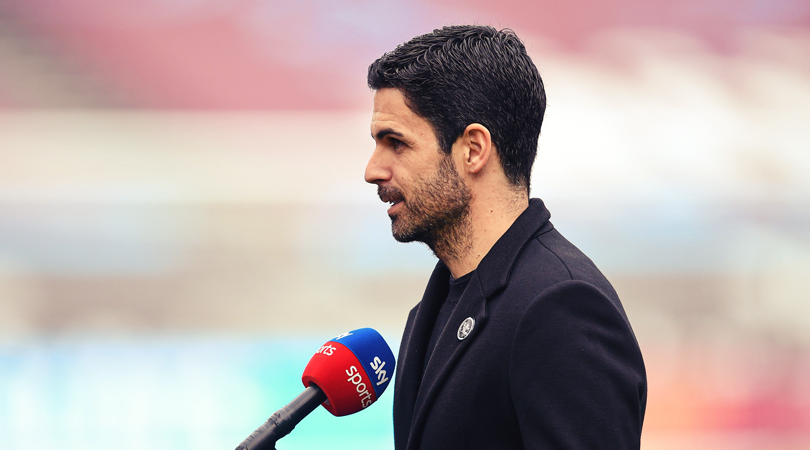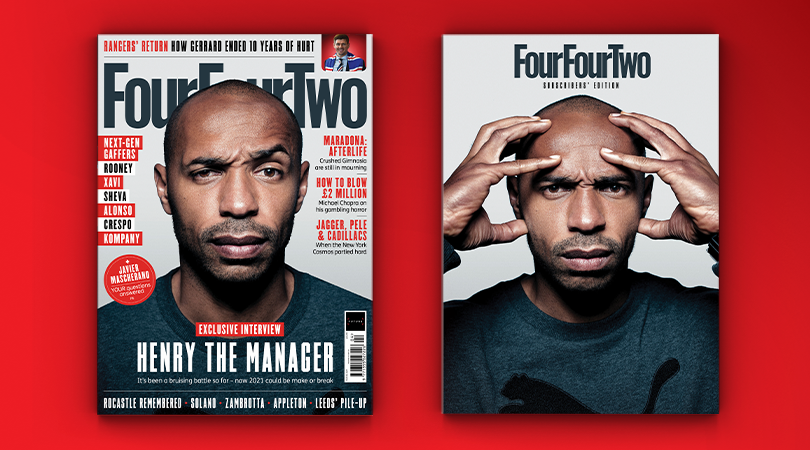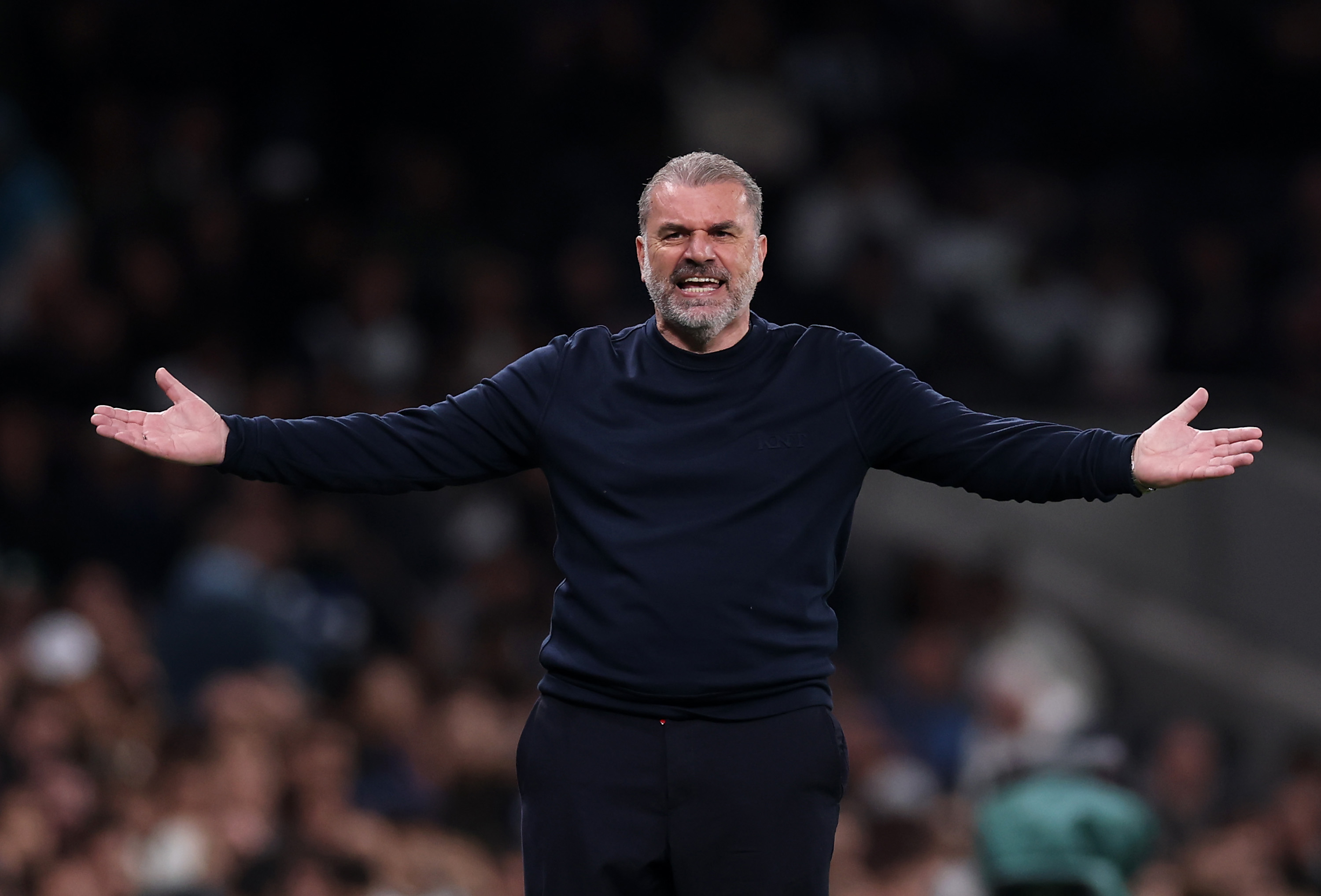Arsenal: How Mikel Arteta has adapted away from Pep Guardiola's principles
Mikel Arteta gave Arsenal a City-lite template when he first arrived - how has that adapted in his time at the Emirates?

Mikel Arteta’s first months as Arsenal manager conformed to our expectations of a Pep Guardiola protégé. Building patiently, shuffling up and down the pitch in uniform shape, Arteta appeared to be in control of a Manchester City-lite side. The pitch was split into zones, the players scuttled neatly into little triangles, and Arsenal games began to look like training matches: calm, ordered, dull.
Arteta stabilised results following the departure of Unai Emery in December 2019 but Arsenal struggled to create chances in those early days. They were more idealistic than pragmatic, as if aspiring to Guardiola’s methods on a purely theoretical level. The student was perhaps trying a little too hard to emulate his mentor.
Indeed, his first year and a half in management follows that of the typical student when they first go out on placement. All that textbook knowledge leaves you feeling prepared, but out in the field it all suddenly feels irrelevant. Life comes at you hard. It is only with time, patience, and panic-stricken flapping on the job that the twin disciplines of book-learning and practical skills start to merge.
For the Arsenal manager, that journey has played out in a slow abandonment of those Guardiola-patented principles for something less slick and more urgent; for a staccato rhythm of play that jerks and cuts in a style that aligns more naturally with the players at his disposal.

IN THE MAG Thierry Henry exclusive! Plus Rangers, Rocastle, Mascherano, Maradona, Chopra, Appleton and more
The theory that Guardiola’s purism only works with immaculate technicians has gained weight in the control study of Arteta’s Arsenal. In 2020, too often the Gunners’ attempts to be graceful ended in sloppy passing. Too often attempts to gradually suffocate the opposition led to stagnant, sideways possession. After a disastrous December, Arteta finally came to realise the system must fit the players, not the other way around.
What has emerged is a tactical philosophy closer to Brendan Rodgers or Jurgen Klopp than Guardiola. In fact – and this might not go down too well – it’s pretty close to the vision Unai Emery had for the club.
The emergence of Bukayo Saka and Emile Smith Rowe triggered this tactical shift, which Arteta has built upon with the loan signing of Martin Odegaard in January and by giving increasing prominence to Thomas Partey and a reborn Nicolas Pepe.
Get FourFourTwo Newsletter
The best features, fun and footballing quizzes, straight to your inbox every week.
Suddenly, Arsenal’s first XI has none of the elegant City-types like Ilkay Gundogan or Phil Foden - it is instead defined by players who hover on the half-turn; who pierce opposition lines in the dribble; who look to pass vertically, rather than at those 60-degree angles that conjure a Guardiola triangle.
📖 The story of #WHUARS 15 mins: 😕17 mins: 😔32 mins: 🤬38 mins: 🤨61 mins: 😬82 mins: 😅Final whistle: 🥵📺 Watch the key moments from today's action-packed draw 👇 pic.twitter.com/BHaSN0sQirMarch 21, 2021
The aim remains to pass out from the back, but its new purpose is to draw the opposition forward so that Arsenal can suddenly change the tempo and explode into life with passages of play through Smith Rowe, Saka, or Odegaard – all of whom are particularly effective at taking up positions between the lines. Emery tried, and of course failed, to do exactly that.
Partey’s press resistance from midfield makes him a valuable asset in this approach, and certainly performances (if not results) have improved since Arteta broke up the always-sideways axis of Granit Xhaka and Mohamed Elneny. Equally, an emphasis on playing Pierre-Emerick Aubameyang up front, where his runs are more direct and vertical than from the left, buys into the shift in strategy.
The transition under Arteta is still a work in progress, and the tactical story of his time at the Emirates is a little messier than presented here; the regular tweaking of tactics and personnel shows Arteta is still in a trial-and-error phase, and that Guardiola’s influence remains substantial.
Nevertheless, Arteta’s ability to adapt – to go against his mentor’s teaching; to embrace the technical idiosyncrasies of the teenagers within his squad – shows great promise for his future at Arsenal and beyond.
Subscribe to FourFourTwo today and get your first five issues for just £5 for a limited time only - all the features, exclusive interviews, long reads and quizzes - for a cheaper price!
READ MORE
FEATURE What kind of manager is Xabi Alonso?
LIST The 100 greatest-ever club football badges
SOCIAL What's the greatest comeback in the history of football? FourFourTwo followers have their say
